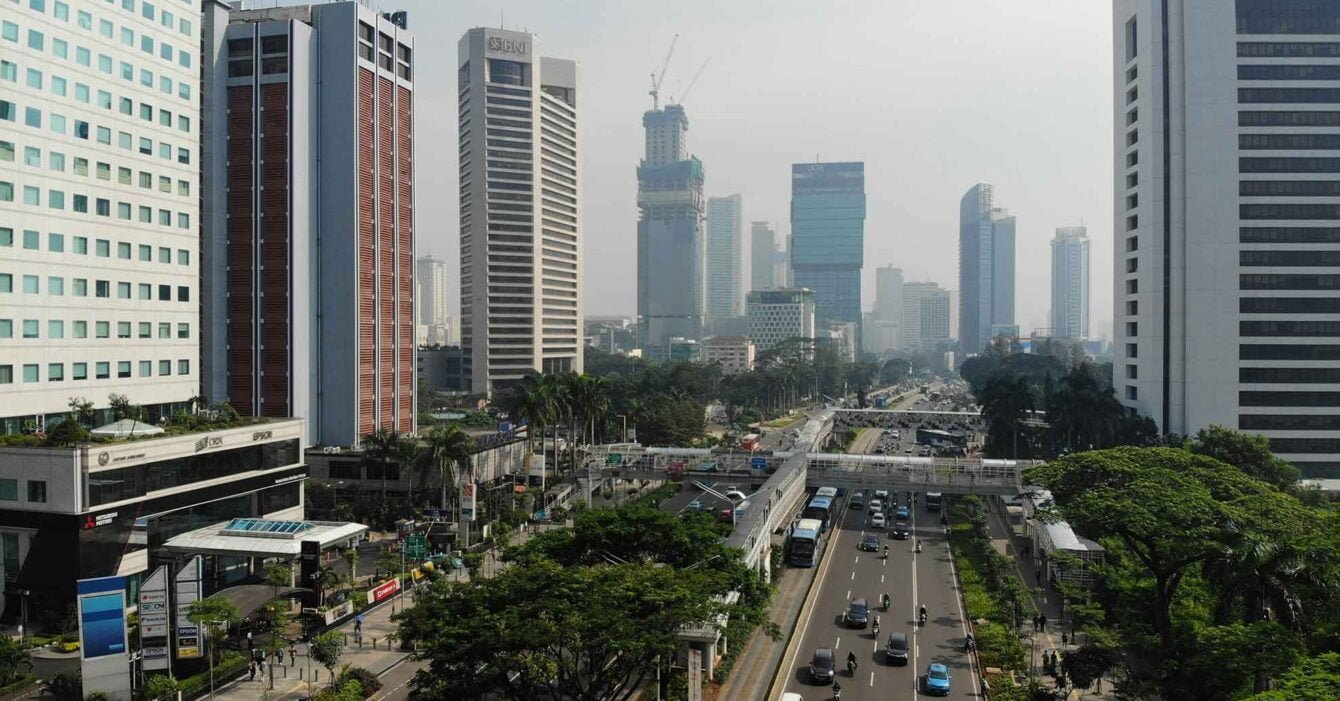Indonesia, the largest economy in Southeast Asia, is a compelling narrative of rapid growth, demographic diversity, and digital transformation. With over 270 million inhabitants scattered across thousands of islands, it presents a unique blend of opportunities and challenges for businesses looking to engage with this vibrant market. This article delves into the heart of Indonesia’s market dynamics, offering insights that are crucial for effective market research in Indonesia.
Economic Landscape and Consumer Market
Indonesia’s economy is characterized by a robust domestic consumption base, driven by a growing middle class and increasing urbanization. The country’s GDP has been steadily rising, showcasing resilience and potential for sustained growth. Key sectors that have been the engine of this growth include agriculture, manufacturing, and services, with digital economy sectors, particularly e-commerce and fintech, showing explosive growth.
Understanding the Archipelago: Geographic and Demographic Diversity
The geographic spread of Indonesia, with its significant number of islands, presents unique logistical challenges and market segmentation complexities. Each region has its own cultural nuances, consumer preferences, and economic conditions. Effective market research in Indonesia must, therefore, be nuanced and localized, taking into account the diversity of the Indonesian archipelago to tailor strategies appropriately.
Digital Revolution: E-commerce and Mobile Commerce
Indonesia’s digital landscape is thriving, with one of the highest rates of internet and mobile phone penetration in Southeast Asia. The rise of e-commerce platforms and mobile commerce has transformed consumer behavior, offering new avenues for businesses to reach and engage with customers. Market research strategies must include digital consumer behavior analysis, social media trends, and online purchase patterns to fully leverage Indonesia’s burgeoning digital market.
Challenges in the Indonesian Market
While the opportunities are vast, the Indonesian market poses several challenges. The logistics of reaching an archipelagic nation, the complexity of regulatory environments across different regions, and the intense competition both from local and international players make market entry and expansion challenging. Conducting thorough market research is essential to navigate these challenges effectively, identifying the right local partners, understanding regulatory requirements, and developing a logistics strategy that overcomes geographical barriers.
Opportunities for Growth and Innovation
Indonesia’s market is ripe for innovation, particularly in sectors like renewable energy, digital services, healthcare, and education. The government’s focus on infrastructure development and digital economy growth further enhances these opportunities. Businesses that can offer innovative solutions tailored to the Indonesian context, particularly those that address local challenges such as access to healthcare and education, can tap into significant growth potential.
The Importance of Local Insights
Understanding local consumer behavior, preferences, and trends is crucial for success in the Indonesian market. This requires in-depth market research that goes beyond surface-level analysis to uncover the insights needed for effective market segmentation and targeting. Collaboration with local firms and stakeholders can also provide valuable insights and facilitate smoother market entry and expansion.
Conclusion
Indonesia’s market offers a dynamic and promising landscape for businesses willing to navigate its complexities. The key to unlocking its potential lies in comprehensive market research that addresses the country’s unique challenges and opportunities. By understanding Indonesia’s diverse consumer base, digital transformation, and regulatory environment, businesses can develop tailored strategies that resonate with local consumers and drive successful market engagement.

